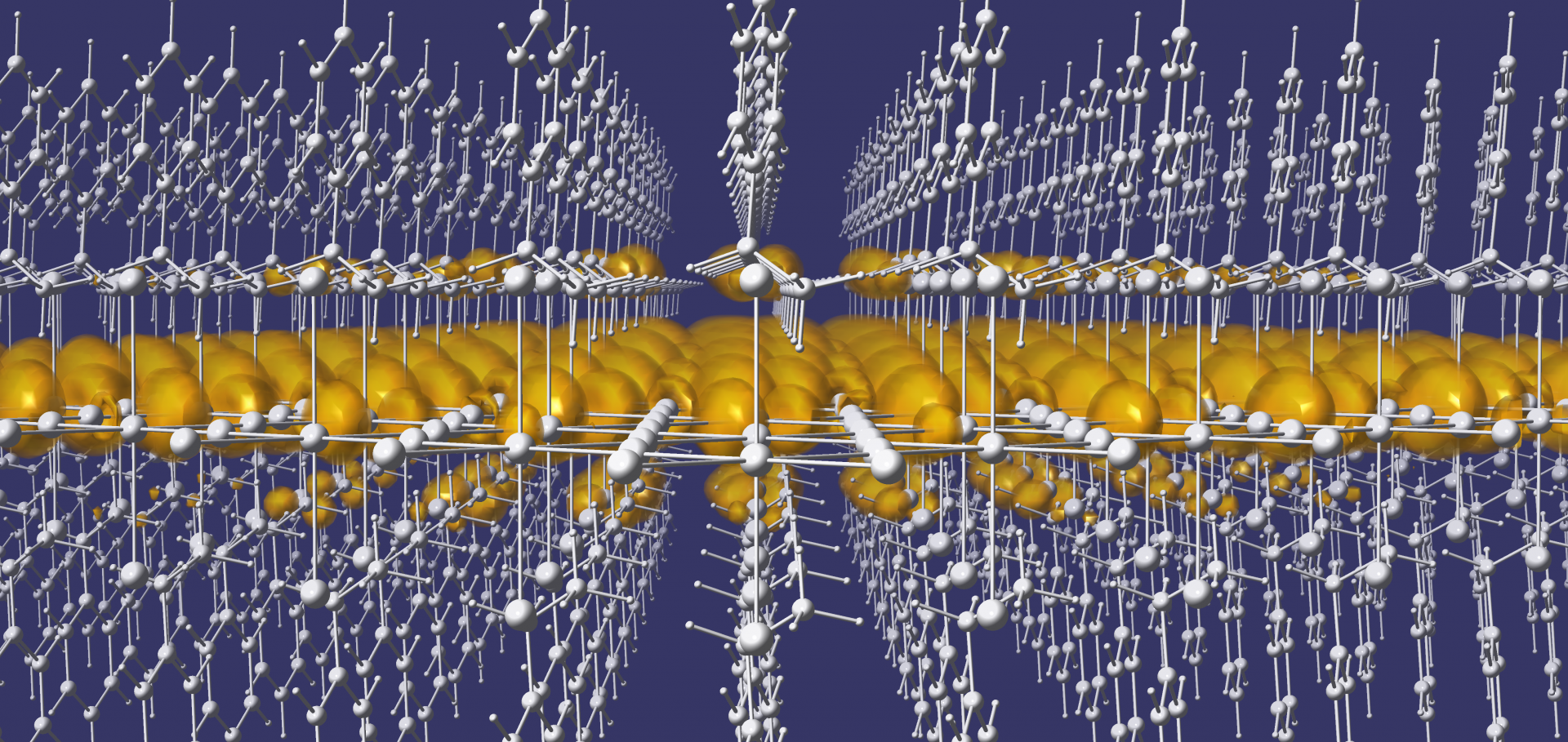Vibrational properties of the organic inorganic halide perovskite CH3NH3PbI3 from theory and experiment: factor group analysis, first-principles calculations, and low-temperature infrared spectra
Journal Of Physical Chemistry C American Chemical Society 119:46 (2015) 25703-25718
Abstract:
In this work, we investigate the vibrational properties of the hybrid organic/inorganic halide perovskite MAPbI3 (MA = CH3NH3) in the range 6-3500 cm-1 by combining first-principles density-functional perturbation theory calculations and low-temperature infrared (IR) absorption measurements on evaporated perovskite films. By using a group factor analysis, we establish the symmetry of the normal modes of vibration and predict their IR and Raman activity. We validate our analysis via explicit calculation of the IR intensities. Our calculated spectrum is in good agreement with our measurements. By comparing theory and experiment, we are able to assign most of the features in the IR spectrum. Our analysis shows that the IR spectrum of MAPbI3 can be partitioned into three distinct regions: the internal vibrations of the MA cations (800-3100 cm-1), the cation librations (140-180 cm-1), and the internal vibrations of the PbI3 network (<100 cm-1). The low-frequency region of the IR spectrum is dominated by Pb-I stretching modes of the PbI3 network with Bu symmetry and librational modes of the MA cations. In addition, we find that the largest contributions to the static dielectric constant arise from Pb-I stretching and Pb-I-Pb rocking modes, and that one low-frequency B2u Pb-I stretching mode exhibits a large LO-TO splitting of 50 cm-1.GW Band Structures and Carrier Effective Masses of CH3NH3PbI3 and Hypothetical Perovskites of the Type APbI3: A = NH4, PH4, AsH4, and SbH4
The Journal of Physical Chemistry C American Chemical Society (ACS) 119:45 (2015) 25209-25219
GW Band Structures and Carrier Effective Masses of CH3NH3PbI3 and Hypothetical Perovskites of the Type APbI3: A = NH4, PH4, AsH4, and SbH4
The Journal of Physical Chemistry C American Chemical Society (ACS) 119:45 (2015) 25209-25219
Excitons in one-dimensional van der Waals materials: Sb2S3 nanoribbons
Physical Review B American Physical Society (APS) 92:12 (2015) 125134
Steric engineering of metal-halide perovskites with tunable optical band gaps
Nature Communications Springer Nature 5:1 (2014) 5757


